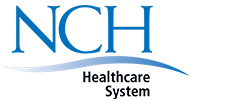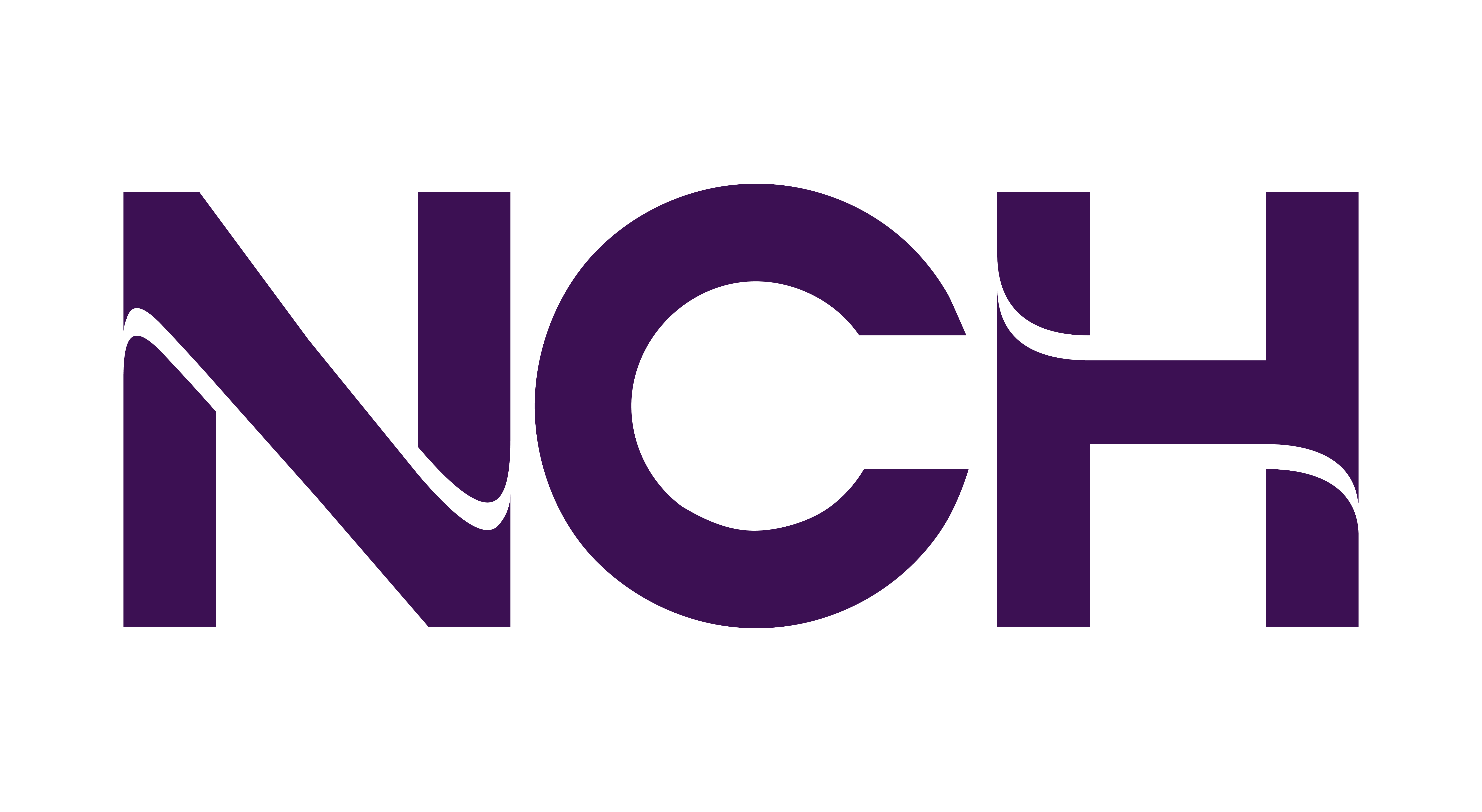Stroke
Overview
A stroke occurs when the blood supply to part of your brain is interrupted or reduced, depriving brain tissue of oxygen and nutrients. Within minutes, brain cells begin to die.
A stroke is a medical emergency. Prompt treatment is crucial. Early action can minimize brain damage and potential complications.
The good news is that strokes can be treated and prevented, and many fewer Americans die of stroke now than in the past.
Symptoms
Watch for these signs and symptoms if you think you or someone else may be having a stroke. Pay attention to when the signs and symptoms begin. The length of time they have been present can affect your treatment options:
- Trouble with speaking and understanding
- You may experience confusion. You may slur your words or have difficulty understanding speech.
- Paralysis or numbness of the face, arm or leg
- You may develop sudden numbness, weakness or paralysis in your face, arm or leg. This often happens just on one side of your body. Try to raise both your arms over your head at the same time. If one arm begins to fall, you may be having a stroke. Also, one side of your mouth may droop when you try to smile.
- Trouble with seeing in one or both eyes.
- You may suddenly have blurred or blackened vision in one or both eyes, or you may see double.
- Headache
- A sudden, severe headache, which may be accompanied by vomiting, dizziness or altered consciousness, may indicate you’re having a stroke.
- Trouble with walking
- You may stumble or experience sudden dizziness, loss of balance or loss of coordination.
- 239-624-1050
- Monday-Friday
8:00 a.m.-4:00 p.m. - Map and Directions
- 239-624-8580
- Monday-Friday
8:00 a.m.-4:30 p.m. - Map and Directions
- 239-624-1600
- Monday, Wednesday, Friday
7:00 a.m.-6:00 p.m.
Tuesday, Thursday
7:00 a.m.-5:00 p.m. - Map and Directions
- 239-624-6820
- Monday-Thursday
7:00 a.m.-6:00 p.m.
Friday
7:00 a.m.-5:00 p.m. - Map and Directions
- 239-624-8790
- Monday, Wednesday
8:00 a.m.-6:00 p.m.
Tuesday, Thursday
7:00 a.m.-4:30 p.m.
Friday
8:00 a.m.-5:30 p.m. - Map and Directions
- 239-624-1900
- Monday-Thursday
8:30 a.m.-5:30 p.m.
Friday
8:30 a.m.-4:00 p.m. - Map and Directions




